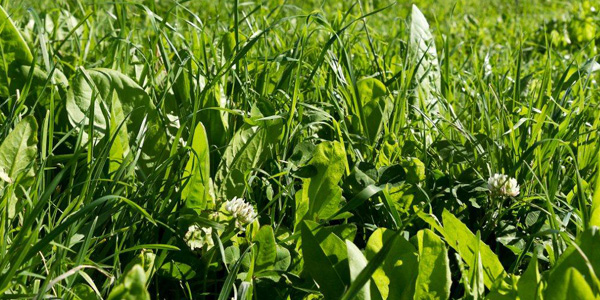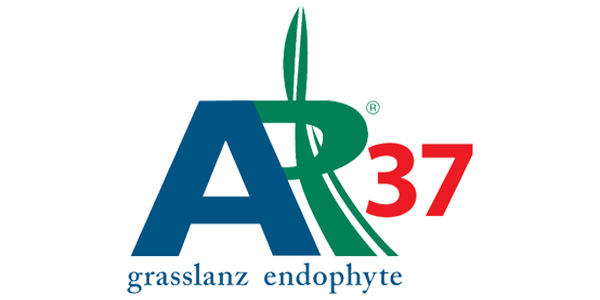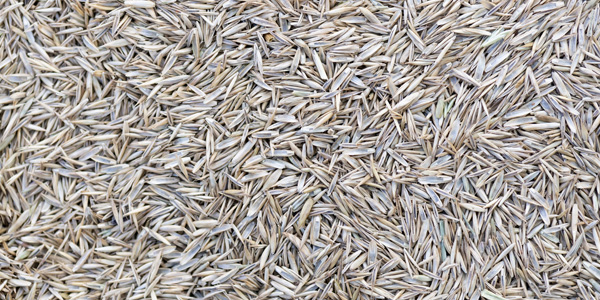
Clover Management
Clover Management
Grazing
When looking at grazing management to enhance legume content in pasture, the key feature is to reduce the amount of time large covers are held. All clovers are sensitive to shading, meaning grazing rotations that allow light into base of spring pasture will help subsequent summer legume content.
Autumn saved pasture also has an impact on clover content and while it is a necessary practice on many farms, it is important to manage subsequent covers to prevent repeated shading of clovers.
White clover is very tolerant of set-stocking especially if residuals are maintained at around 3-5 cm, it benefits from a rotational grazing system when the rotation is not too lax.
White clover is extremely responsive to light reaching its stolons on a regular basis.
In dry conditions it is very important to protect the stolons from over grazing. When there are very low covers stolons can regularly be eaten by sheep and will lead to the loss of white clover from dryland pastures (See accompanying photo).

Our Clover range
VIEW PRODUCTS




